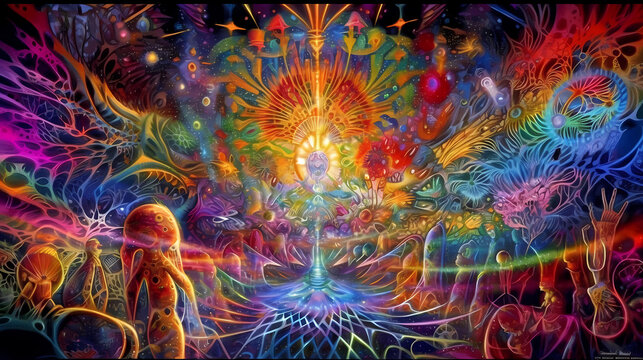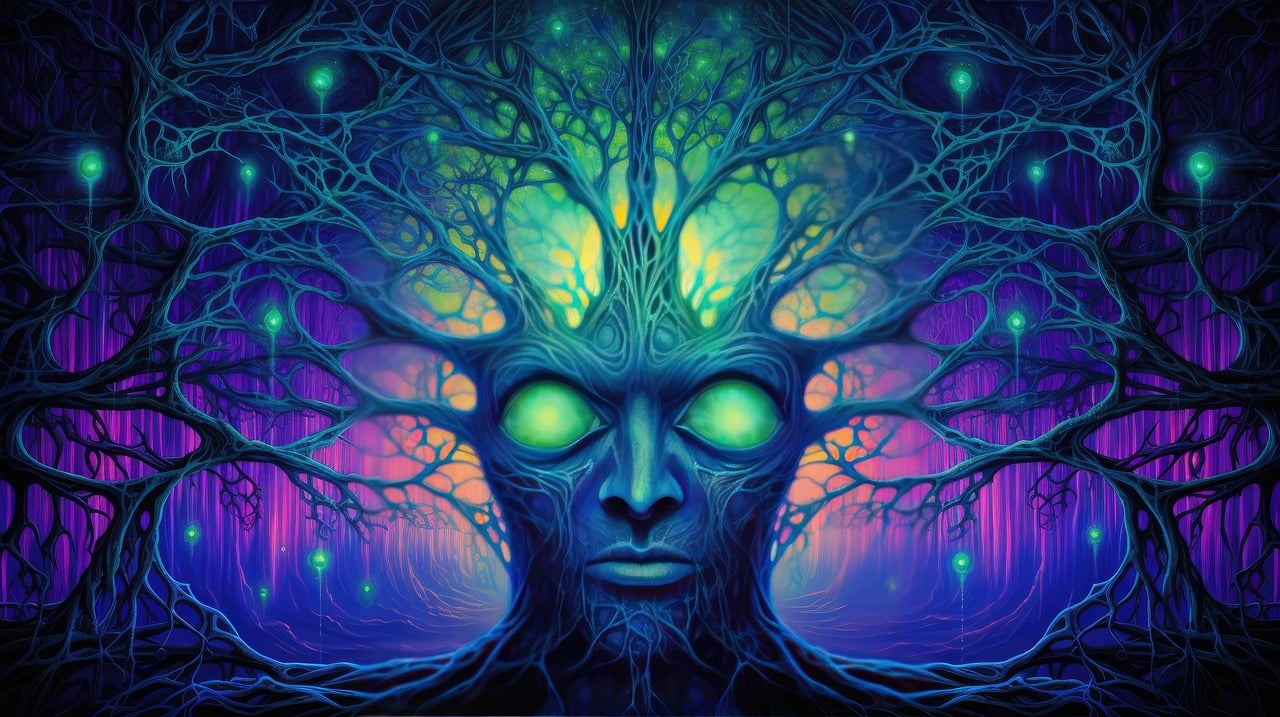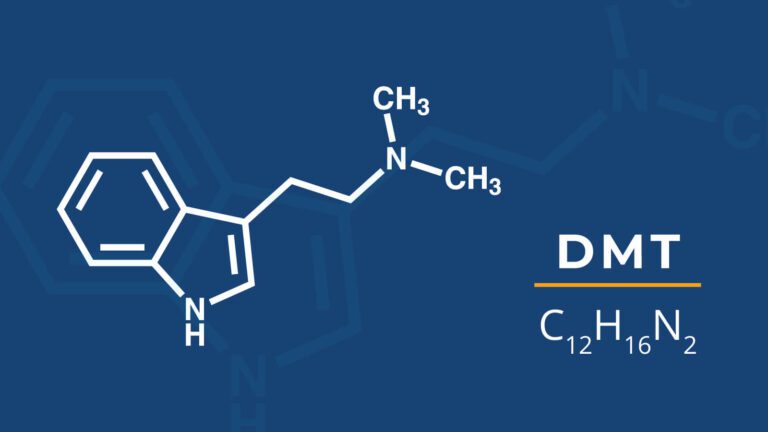Introduction:
Dimethyltryptamine, or DMT, captures the curiosity of scientists and spiritual seekers alike with its profound impact on consciousness. Often called the “spirit molecule,” DMT stands out for inducing rapid and intense psychedelic experiences. This article explores DMT’s chemical properties, its effects on the human brain, historical and cultural significance, and the latest scientific research.
Understanding DMT
DMT, a powerful psychedelic compound, shares a structural similarity with serotonin and occurs naturally in various plants and animals. It is a key component of ayahuasca, a sacred brew used traditionally in South American spiritual rituals. The compound is notorious for its ability to produce brief, yet profound, visual and auditory hallucinations that many describe as life-changing.

Historical Background and Cultural Significance
Scientists synthesized DMT for the first time in 1931, but its hallucinogenic properties only came to light in the mid-20th century. Indigenous tribes in the Amazon have used Dimethyltryptamine-containing ayahuasca for centuries, seeking spiritual enlightenment and healing through its profound psychedelic effects.
Effects on the Human Mind and Body
DMT dramatically influences both the body and mind. Physically, it can increase heart rate, cause pupil dilation, and raise blood pressure. Psychologically, it transports users to other dimensions, presenting them with vivid imagery and intense emotional experiences that many find transformative. Unlike other psychedelics like LSD or psilocybin, the effects of smoked DMT are fleeting, typically lasting only about 30 minutes.

Research and Potential Therapeutic Uses
Researchers are exploring DMT’s potential in treating depression, PTSD, and anxiety because of its powerful impact on brain receptors, particularly those related to serotonin. These studies reveal DMT’s capacity to facilitate significant emotional releases and insights, which may hold keys to new mental health treatments.
Legal Status and Safety Considerations
In the United States and many other countries, DMT ranks as a Schedule I controlled substance, reflecting its high potential for abuse and lack of recognized medical use. Despite its profound effects, DMT can be overwhelming and potentially dangerous, especially for those with certain mental health conditions. Therefore, experts recommend approaching it with caution and under professional supervision in a controlled setting.
Conclusion
DMT remains a compound of both potential and controversy. While it offers insights into psychological and spiritual realms, it also poses significant risks. As scientific understanding of DMT expands, its potential applications in therapy could become more accessible, provided that its use is carefully managed.


